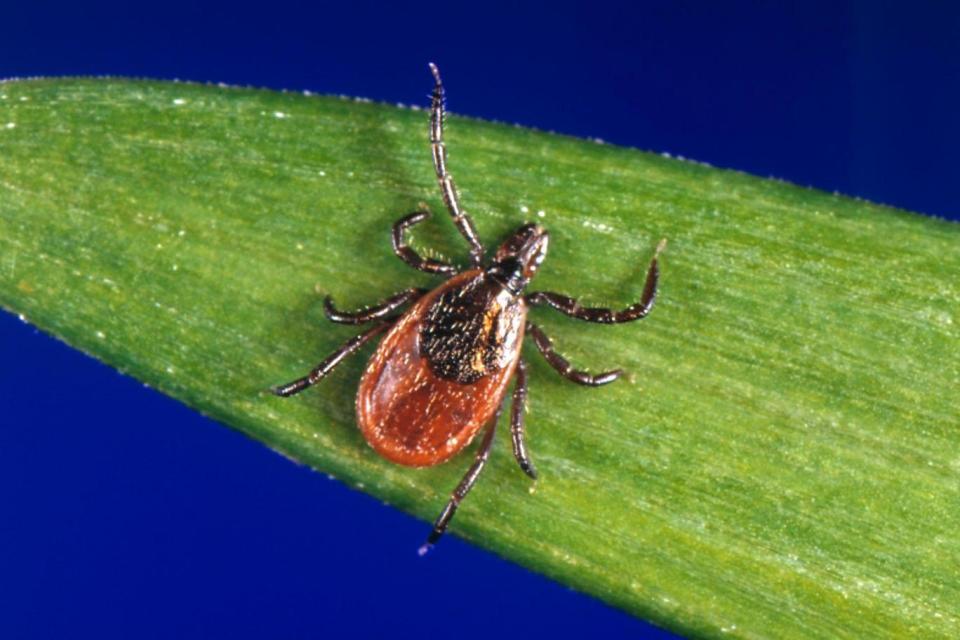What is Lyme disease? What are the symptoms? How can you catch it from a tick? What is the cure?

Former England rugby captain Matt Dawson was forced to have heart surgery after getting bitten by a tick in a London park, it emerged this week.
The 44-year-old developed feverish symptoms early last year and was later diagnosed with Lyme disease, he told the BBC.
Mr Dawson said: "It was a really scary time for me and my family. Such a tiny creature caused me to end up needing heart surgery."
The former rugby captain is now free of the disease, having undergone multiple heart operations and endured 18 months of treatment.
But what is Lyme disease? How do you get it?
Ticks infected with a bacterium called Borrelia burgdorferi can pass on Lyme disease to humans.
They usually get the bacterium by biting infected animals such as deer and mice.

Lots of different kinds of ticks carry Lyme disease, the ones most likely to bite humans in the UK being sheep ticks, hedgehog ticks, and fox or badger ticks.
Ticks are present in wildlife areas all across the UK.
Does a tick bite always lead to Lyme disease?
No, the majority of people who suffer a tick bite do not develop Lyme disease.
Only up to about 15 per cent of ticks in any one area carry the Borrelia burgdorferi bacterium.
And if a tick is not attached to a person's body for very long, then the risk of contracting the disease is lower.

What are the early signs?
Within one to four weeks, in 70 to 80 per cent of cases a circular rash - called a bull's-eye rash - develops around the site of the tick bite.
Sufferers may also feel feverish, achy and fatigued, with headaches, swollen lymph nodes, sore muscles and chills.
What if it isn't treated?
As the disease progresses, rashes spread around the body.
The joints, nervous system and heart can be affected by the advancing illness, leading to weakness and pain in the joints, arms and legs.
Headaches, loss of memory and facial nerve and muscle problems, such as facial paralysis, can develop.

What if it is still not treated?
Many months down the line from the initial bite, if successful treatment has not been embarked upon then arthritis may set in - usually in the knees - and strange sensations can be felt around the body due to disease of the peripheral nerves.
The illness can also cause confusion, but one of the most serious complications involves inflammation of the heart.
It can even lead to an irregular heartbeat, meningitis and chronic fatigue syndrome.
How is it diagnosed?
Special blood tests three or four weeks after the suspected tick bite can show the disease.
Other tests include spinal taps or skin biopsies.
How is it treated?
Lyme disease is treated with antibiotics.
At a later stage of the disease, longer courses of intravenous antibiotics may be necessary.
Can a person transmit Lyme disease to another person?
No. And although your pet might be infected by Lyme disease, she cannot transfer the illness to you unless a tick that bites her falls off and then bites you.
You can limit your chances of getting a tick bite by steering clear of long grass and wooded areas from May to September.
Cover the arms and legs well while you are out and consider using an insect repellant containing DEET.
When you get home, wash off any ticks that have not yet burrowed into the skin and groom your pet.
If you do get a tick bite, consult advice to remove it safely by grabbing the whole body, not just the head, with tweezers and slowly pulling it straight out without twisting.

 Yahoo News
Yahoo News 
